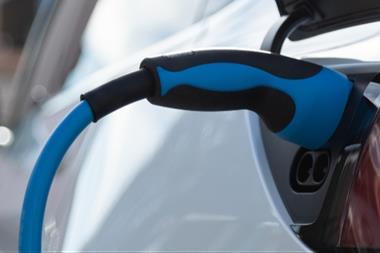Sainsbury’s and Asda will have more than 600 forecourts between them following their merger, announced at the weekend.Their combined business will create one of the UK’s leading grocery, general merchandise and clothing retail groups, with combined revenues of £51bn.
The aim is to maintain both the Sainsbury’s and Asda brands, and enable them to sharpen their distinctive customer propositions and attract new customers.
The deal will combine a complementary network of more than 2,800 Sainsbury’s Asda and Argos stores to create greater choice for customers, with a combined 47 million customer transactions per week.
It will also enable investment in areas that will benefit customers the most – including price. The combined companies expect to lower prices by around 10% on many of the products customers buy regularly.
Commenting on the deal, Mike Coupe, chief executive oOfficer of Sainsbury’s, said:
“This is a transformational opportunity to create a new force in UK retail, which will be more competitive and give customers more of what they want now and in the future. It will create a business that is more dynamic, more adaptable, more resilient and an even bigger contributor to the UK economy. Having worked at Asda before Sainsbury’s, I understand the culture and the businesses well and believe they are the best possible fit. This creates a great deal for customers, colleagues, suppliers and shareholders and I am excited about the opportunities ahead and what we can achieve together."
PRA chairman Brian Madderson said: "The position of a combined Sainsburys/Asda with road fuels is 629 sites and a 17.9% market share. Assume this will not prove of much interest to the Competition and Markets Authority (CMA) as they only look at mergers/acquisitions with a consumer detriment focus. It will be hard to argue any detriment, especially if the merger results in better fuel buying and lower pump prices."
ACS chief executive James Lowman said: “Convenience retailers will be thinking about the knock-on effect of a Sainsbury’s/Asda merger on their businesses and on this sector. What will be the strategy for the Sainsbury’s Local convenience stores, and will the combined business look to engage with independents through a wholesale or franchise model – something Sainsbury’s has looked at in recent months? What will happen to buying power in the grocery market, and how will this impact on suppliers and on smaller retailers and wholesalers? What will be the implications for the fuel retailing market from these two large fuel retailers coming together?
“The Competition and Markets Authority will look at this merger and needs to consider these questions as part of that inquiry. Consumers win when there is vibrant competition and choice, and people increasingly fulfil their shopping needs through a variety of large and small stores, on line shopping and eating out of the home. The CMA needs to think carefully about these changing shopping behaviours and consider the full implications of this deal.”






























No comments yet